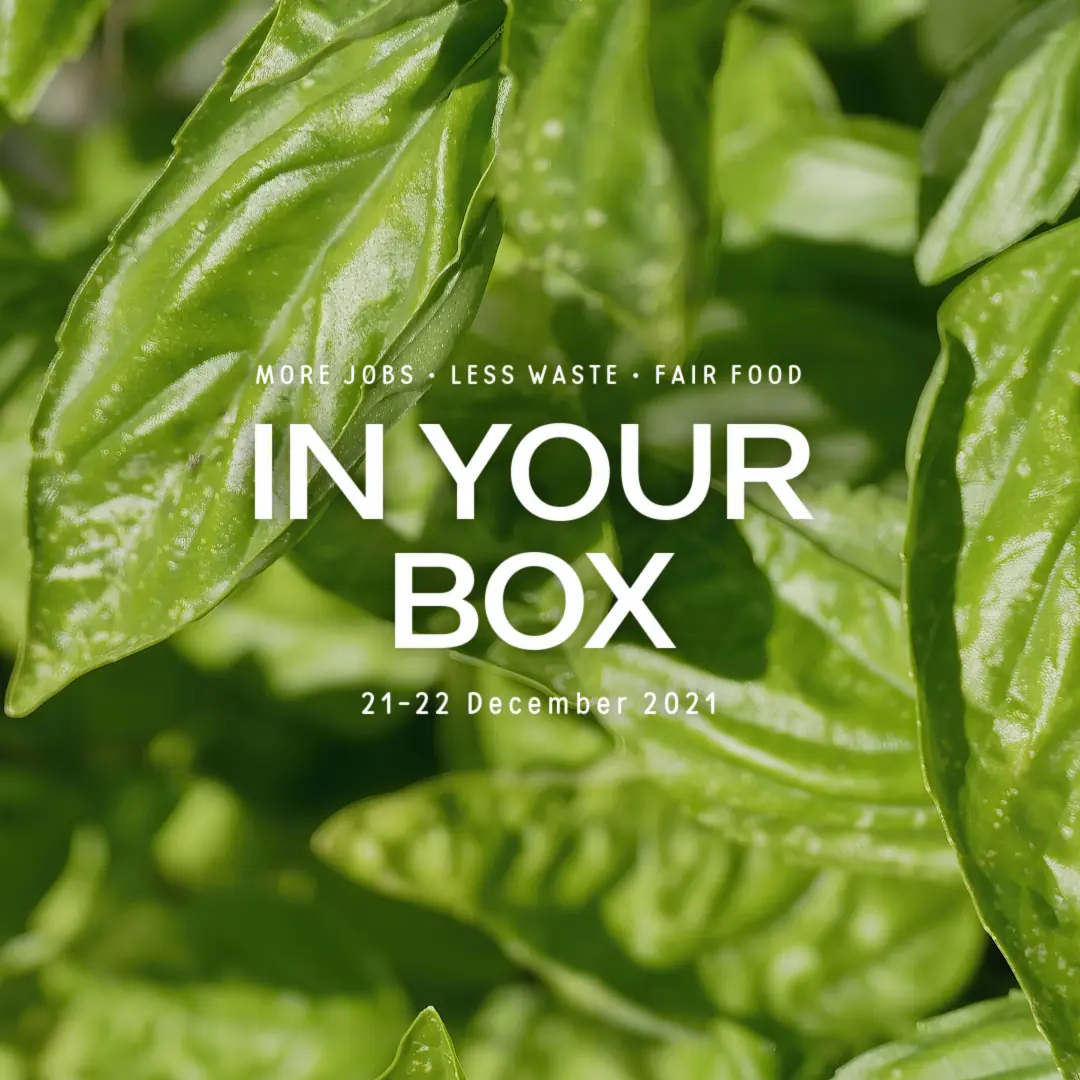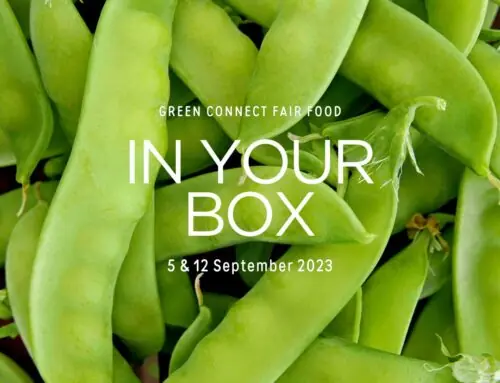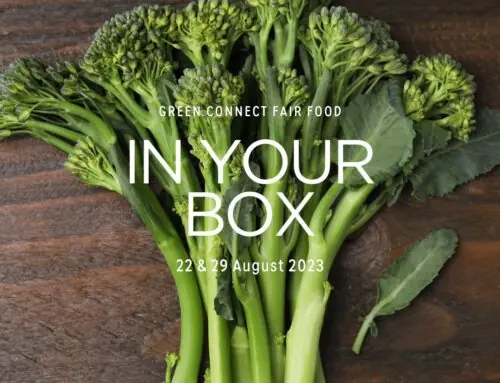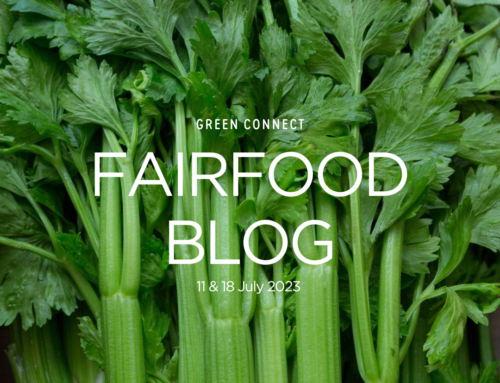Working with Nature: Chop & Drop
 This week at the farm we will be busy with ‘chop and drop’ around the farm! This is the action of heavily chopping back living plants, then dropping the cut plant material on the ground to create our own mulch and compost in situ. This technique is a fantastic way to increase soil fertility, retain moisture and protect beneficial soil organisms. Keeping the plant roots in the ground also prevents soil erosion, further feeding soil life.
This week at the farm we will be busy with ‘chop and drop’ around the farm! This is the action of heavily chopping back living plants, then dropping the cut plant material on the ground to create our own mulch and compost in situ. This technique is a fantastic way to increase soil fertility, retain moisture and protect beneficial soil organisms. Keeping the plant roots in the ground also prevents soil erosion, further feeding soil life.
We intensionally plant a lot of different species with the intension of chopping them back periodically and leaving them to decompose on the ground for the benefit of the fruit trees and edible plants they grow alongside. But there is one serious superstar of the chop and drop world: comfrey!
Comfrey is often considered a weed; it produces an abundance of leaves and regenerates very quickly. But one characteristic that distinguishes it from the rest is it’s incredibly deep roots (up to 2 metres), which allow it to accumulate trace minerals and nutrients deep in the subsoil that would otherwise remain inaccessible to other plants. These build up in the comfrey leaves and are then released to the top soil as it decomposes; becoming available to plants with roots closer to the surface. Comfrey has been described as a ‘dynamic accumulator’ and is often put on par with manure for the fertility it provides.
An added benefit of the chop and drop method is that cutting back plants like comfrey encourages reflowering… extending the time nectar is available for our busy Green Connect bees.
Emily Henderson
Fair Food & Farm Manager
In your box:

Note: We sometimes need to make changes to what we pack in your veg box based on the quantity or quality of produce that we can harvest and source. If you have any questions about what is in your box, don’t hesitate to contact us at fairfood@green-connect.com.au.
Did you know?
Chinese Celery: Chinese Celery, also known as Leaf of golden celery, is cultivated in East Asian countries for its edible, flavourful stalks and leaves. It has a golden colour and is smaller in size than normal celery. Rarely eaten raw because of its stronger flavour, its leaves and stems can be finely chopped to use in salads, soups, stews or stir-fried rice and noodle dishes. Try this Chinese celery stir-fry recipe for a delicious side dish!








Leave A Comment
You must be logged in to post a comment.